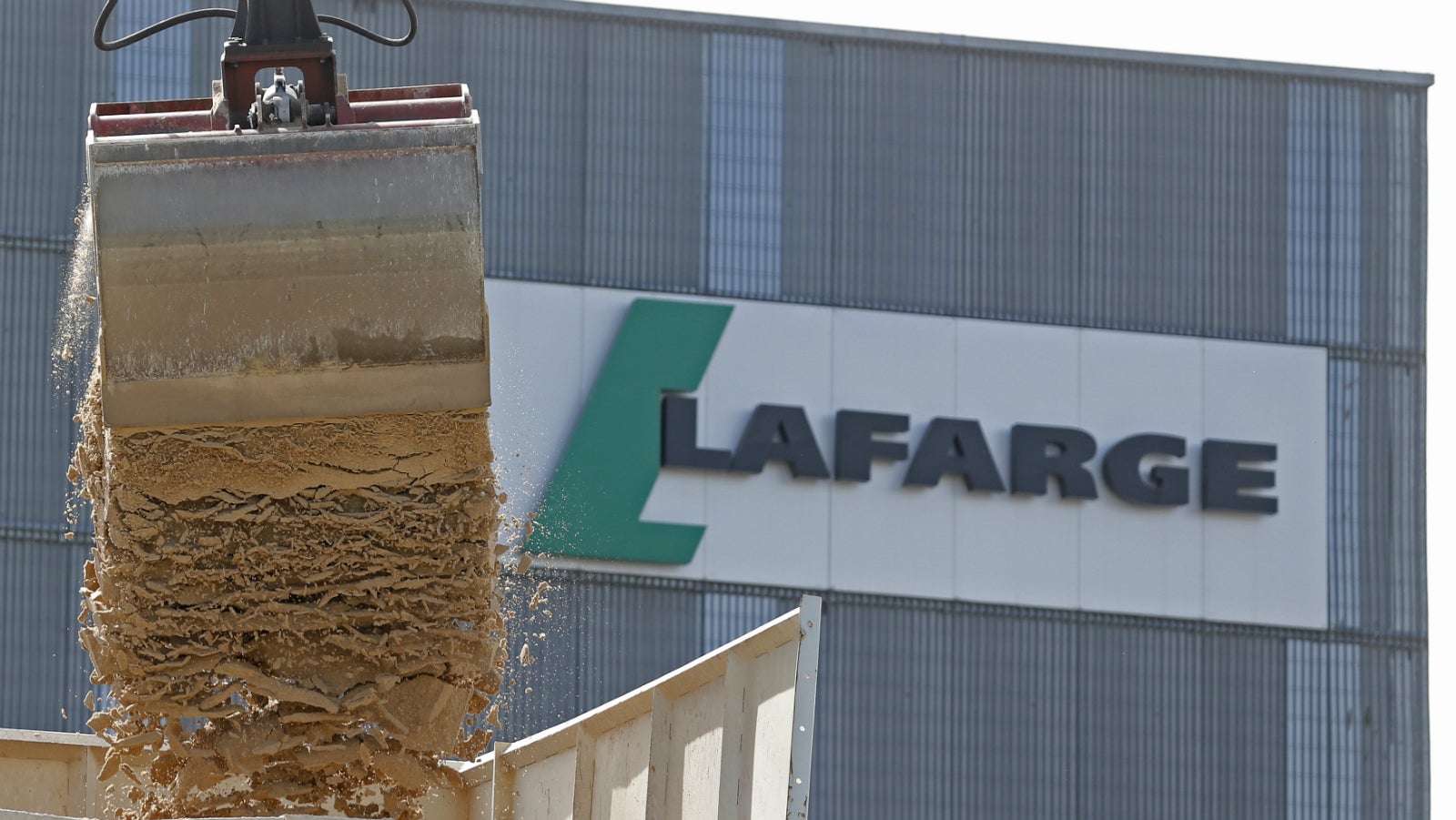Why an iconic Indian detergent-maker has made a billion-dollar bet on cement
For decades, “Nirma” has been synonymous with low-cost detergents and soaps in India. Its advertising jingle is so iconic it is hummed as a reflex action by Indians of a certain age every time reference is made to washing power.


For decades, “Nirma” has been synonymous with low-cost detergents and soaps in India. Its advertising jingle is so iconic it is hummed as a reflex action by Indians of a certain age every time reference is made to washing power.
This week, however, the company played a rather unusual tune.
On July 11, Nirma said it is buying the Indian assets of French cement-maker Lafarge for a staggering $1.4 billion. Lafarge India is part of LafargeHolcim, the world’s largest cement company.
For Nirma, the acquisition is a big risk. The deal would have to be largely financed by debt—Nirma is only worth some Rs3,900 crore ($582 million)—making this perhaps the biggest leveraged buyout (LBO) in India. An LBO is an acquisition heavily funded by debt.
But the opportunity for the Ahmedabad-based company is also huge.
India is the world’s second-biggest cement producer behind China, and demand is rising. In the current financial year (2016-17), cement companies expect demand growth of 6-8% on the back of India’s efforts to bolster its infrastructure.
The risk-taking Patels
For Karsanbhai Patel, Nirma’s 70-year-old founder, taking risks is nothing new.
A farmer’s son from the western Indian state of Gujarat, Patel founded Nirma in 1984 after years of selling detergent powder door-to-door, riding a bicycle.
A chemist with the Gujarat government before launching the compay, Patel began making detergent powder in his backyard in Ahmedabad, in the late 1960s by mixing soda ash with “few other intermediaries.” When he first launched Nirma—named after his deceased daughter Nirupama—it didn’t find much success. Surf, manufactured by Hindustan Unilever (HUL), had a stranglehold over the market. HUL—then known as Hindustan Lever—sold Surf at some Rs15 per kilogram, but Patel’s Nirma cost just Rs3.50 a kg.
Soon, the low-profile Patel launched a marketing blitzkrieg and Nirma’s advertisements were all over Indian television starting in the late 1980s. Their catchy jingle still hasn’t been forgotten.
Nirma began eating into a rattled HUL’s market share, particularly in rural India. For some time, Nirma even surpassed Surf as the number one detergent in the country.
However, it couldn’t sustain its pace and its market share started dropping in 2006. A distinct lack of innovation and an unrelenting focus on affordability were part of its undoing. The group then diversified into chemicals, education, and cement.
In 2012, Nirma almost disappeared from the public eye after it delisted from stock exchanges. Patel, meanwhile, passed on the baton to the next generation: sons Rakesh K Patel and Hiren K Patel, and his son-in-law Kalpesh Patel.
The mastermind
It’s little surprise, therefore, that Nirma’s big bet on cement is reportedly led by Hiren K Patel.
The younger Patel outsmarted bigger rivals such as the Ajay Piramal-led Piramal Group and Sajjan Jindal’s JSW Cement, who were touted as frontrunners for the Lafarge acquisition.
An MBA from Drexel University in Pennsylvania and an engineer from New Jersey’s Stevens Institute of Technology, 42-year-old Hiren has been a director on the board of Nirma since 1996. In 2006, he became its managing director.
The decision to bid came after Nirma’s plan to set up a huge factory in Gujarat was apparently stuck in land acquisition trouble. Lafarge has three manufacturing plants and two grinding units.
Nirma reportedly plans to fund the deal by raising Rs4,000 crore through a bond issue, Rs3,400-3,500 crore through loans from banks, and the remaining Rs2,000 through equity. That’s a risky proposition as 80% of the funding comes from debt.
“With a strong platform like Lafarge’s India business, we plan to take the cement business to the next level,” Hiren Patel said.
Industry veterans say that it is too early to say if this risk is worth taking.
“For Nirma, since they have delisted from exchanges, they always have an opportunity to go back to the markets and raise funds needed for this acquisition. Every business is a risk and it is too early to say whether Nirma’s decision will be successful,” said H M Bangur, managing director of Shree Cements, a Rajasthan-based cement maker.
The Lafarge deal
Hiren’s power-play comes at a time when India’s cement industry is witnessing huge consolidation.
UltraTech Cement, India’s biggest cement maker, acquired the assets of Jaypee Cements, the third-largest player in the sector, in a Rs16,189-crore deal earlier this month.
With Nirma’s entry, competition is set to get tougher. Its cement business currently has a combined capacity of two million tonnes per year with a small presence in the west. The Lafarge buy will give it access to some 11 million tonnes more, besides an entry into huge markets like north and east India. Nirma is yet to respond to a questionnaire from Quartz.
India currently produces around 400 million tonnes of cement per annum, through some 500 cement units across the country. And the top 20 cement companies contribute over 70% of India’s total cement production. But it may not be enough, even with Nirma’s big-bang entry into the sector.
“In India, we will continuously need 20-30 million tonnes of new capacity every year to meet the growing demand,” Shree’s Bangur said. “And consolidation between existing players—which is happening right now—isn’t going to increase the capacity as much.”